The internet has also changed the ocean.
Editor’s note: This article comes from the WeChat public account “爱 范 儿” (ID: ifanr) , author Leng Think really.
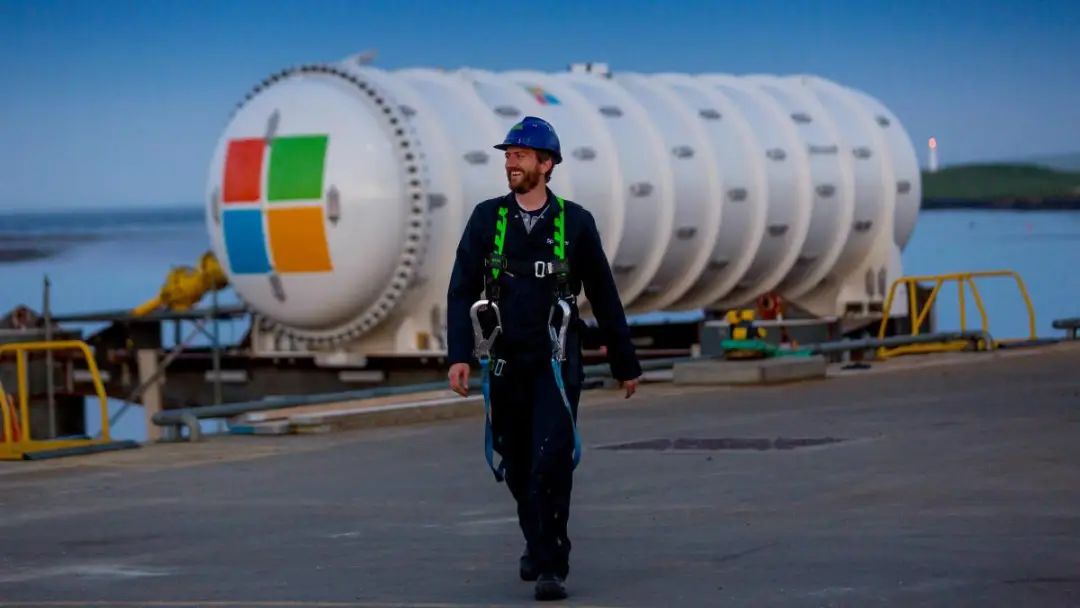
Even children who have not learned much geography know that the earth is a blue “water polo”-71% of its area is covered by water.
To most people today, the Internet should be an infrastructure for “water polo.” Everyone can use it, everywhere, but the difference between a good network and a poor network. But in fact, in most places covered by water, the Internet cannot provide services at all times. Crew can only pass the time through old-fashioned entertainment, don’t even think about networking.
On the ocean, a ship is a closed society with no outside information circulation, so vicious killings like Lu Rongyu 2682 will happen here.
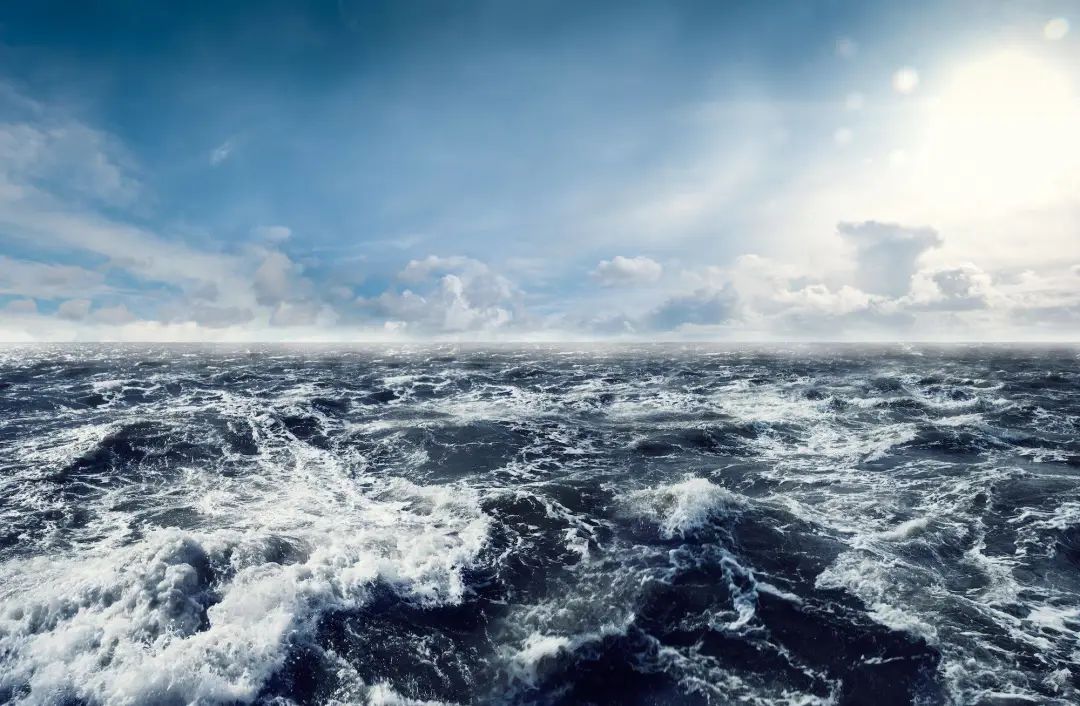
But is there no internet without internet? Major companies are exploring and developing in ways that this signal cannot reach.
Google fish farming, Microsoft listening
Google and Microsoft are doing something idyllic. As two of the world’s largest Internet companies, they are no less tossing in the sea, putting servers and cables in the sea, and finding ways to use marine resources. As big influential companies, they are returning the ocean in their own way.
Microsoft is using its technology to help Erin Moreland, a scientist who wants to protect and cherish marine animals.
In order to understand the signs of life activity in Alaska waters, Moreland used to stare at the computer screen in person and check thousands of photos to find out. This process is as difficult as the sand sea gold rush. Even worse, when her findings were announced, the information was outdated.
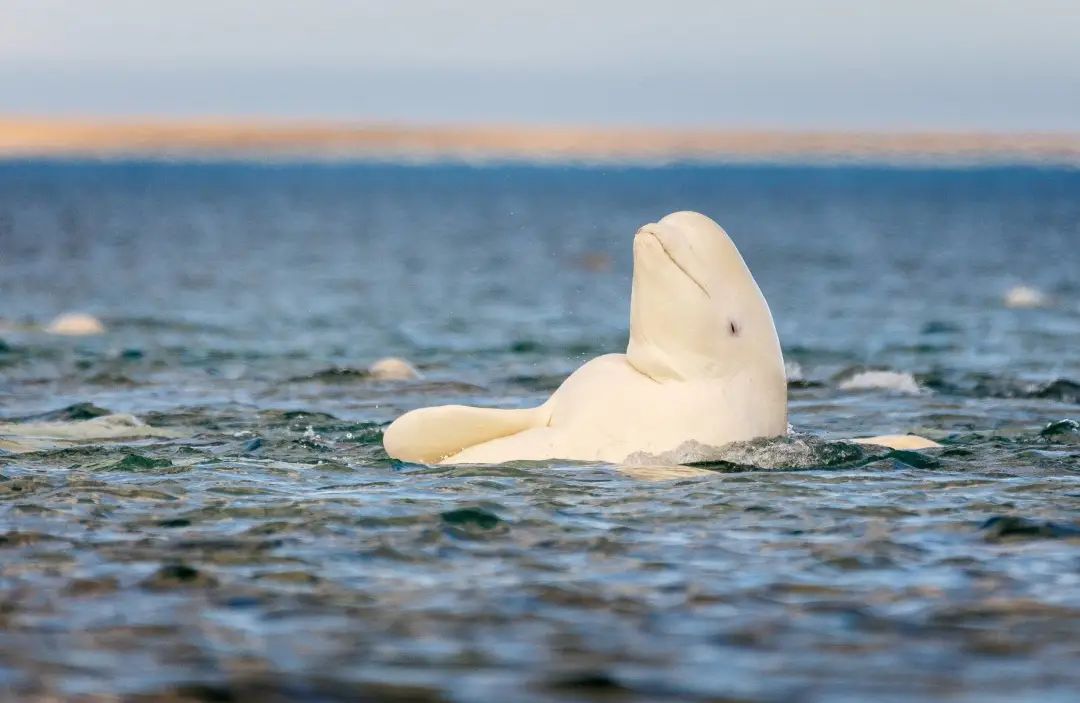
So at the National Oceanic and Atmospheric Administration, scientists wanted to turn to artificial intelligence to distinguish sounds in specific areas. Artificial intelligence can distinguish the sounds of seals and whales, and distinguish them from the sound of waves crashing, ice moving, and ships passing by. The idea is good, but I have encountered some difficulties in technical preparation.
The turnaround for all is that Microsoft staff set this issue as a proposition of the company’s internal hackathon, and 14 Microsoft engineers began brainstorming about it. With the help of professionals, scientists have got a more efficient algorithm last fall, 99% of which can match the previously created sound file logs.
With this set of tools, scientists can more easily observe signs of biological activity in an area of the sea, so as to grasp the activity data of beluga whales, polar bears and other animals and develop better protection strategies.
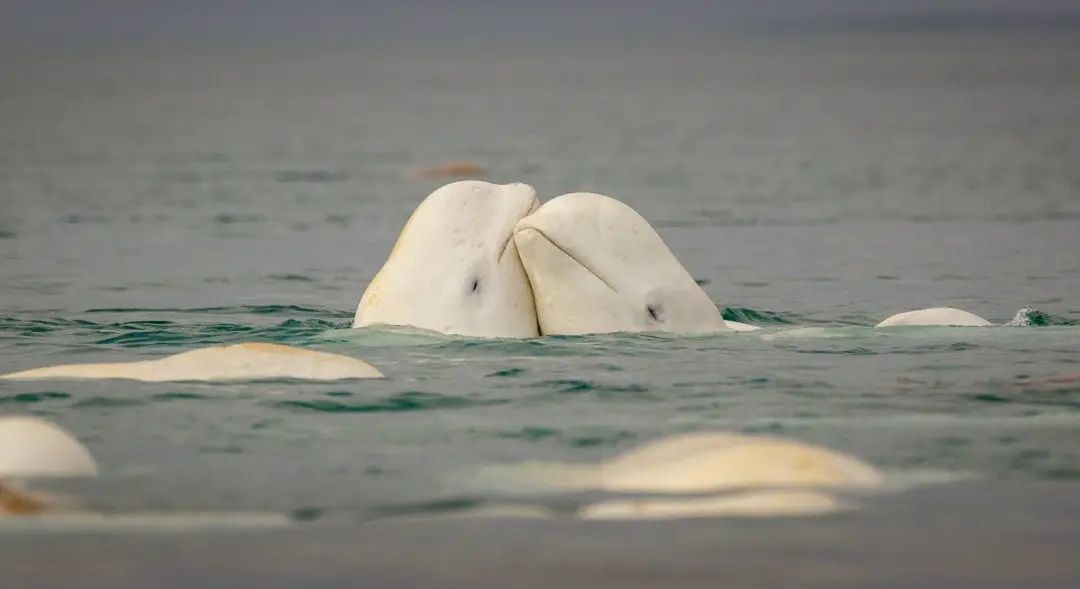
If Microsoft is only providing technology and providing tools to marine protectors, Google is on its own.
The goal of the “tidal” project within Google is to protect the ocean so that it can provide humans with fish, shellfish and other food in a sustainable way. To do this, they started a fish farming career. To be precise, it is to help farmers raise fish efficiently. After all, one-third of global fisheries have exceeded their limits, and we do need better fisheries management methods.
Google ’s solution is an underwater camera system that uses the machine ’s perception to “detect and explain fish behavior that is invisible to the naked eye.” It can simultaneously record the feeds of thousands of fish and collect environmental data such as oxygen levels and water temperature in the background.
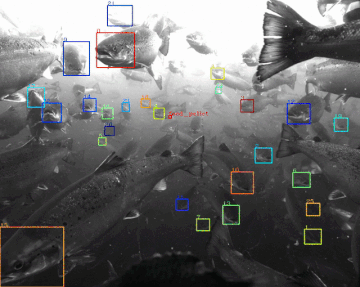
Farmers can use this system to understand the status of fish and make more appropriate decisions, such as more accurate feeding of farmed fish. If this system is effective, the pollution problems caused by redundant feed will also be greatly alleviated.
Going to the sea “using the sea” and building infrastructure
However, helping farmers raise fish and helping scientists listen can only be regarded as “extracurricular activities” of large companies. After all, such projects do not see any attractive economic returns in the short and long term. Without a sustainable business model, you can only start with a sense of corporate responsibility.
Technology companies’ main business related to the sea is still in infrastructure construction. Make the infrastructure related to the main business well, let them exert their power from the depths of the ocean, and help the company continue to grow and strengthen on land.
No one would think that Google, Huawei, and Facebook are communication companies, but these non-communication companies are very happy to build submarine cables.
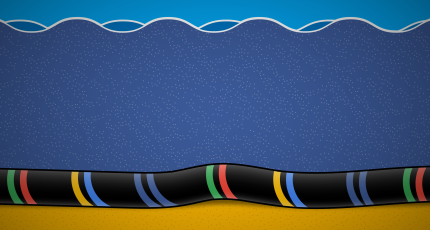
Image from: TechCrunch
Google has invested $ 47 billion in submarine cables, and today has 14 submarine cables across five continents and three oceans. These submarine cables will also become one of the Google Cloud network infrastructures in the future.
Facebook also wants to develop submarine data cables around Africa to help it reduce the cost of broadband use and easily acquire more users.
And Facebook seldom goes it alone on the issue of cable laying.
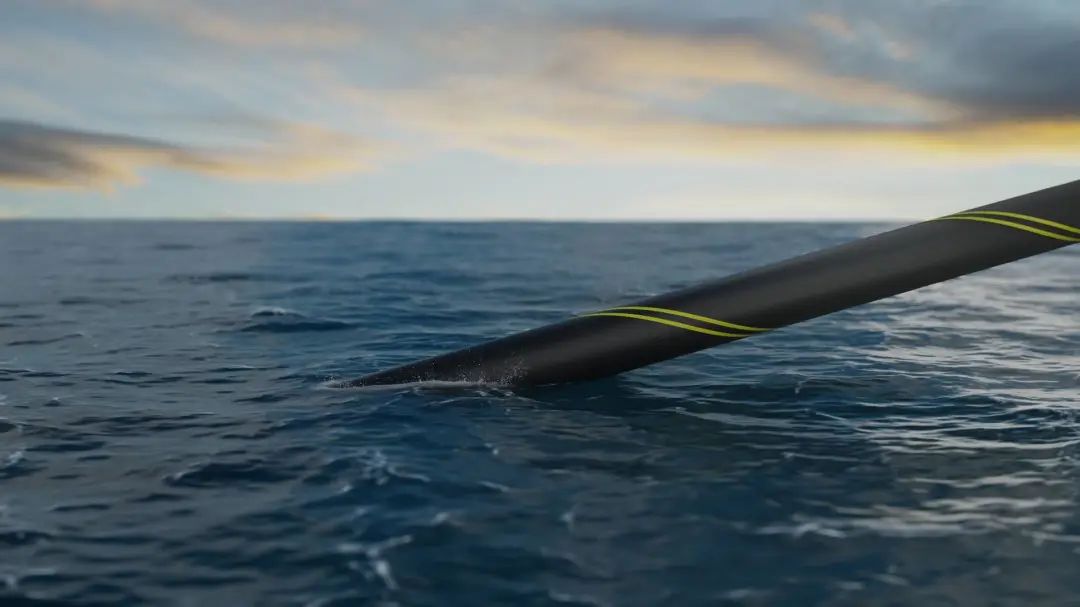
In order to lay higher-priority cables in both the Atlantic and the Pacific, Microsoft, Spanish telecommunications company Telxius, SoftBank, and Amazon are all Facebook partners. These big companies come togetherThousands of miles of cable.
Some cables even broke records. Facebook and Microsoft jointly achieved a record transmission speed of 26.2 Terabits on a 4000-mile transatlantic cable, and the theoretical performance of 20Tbps per 8 cables was increased by 20%.
Speaking is talking about speed, and the increase is not small, 200,000 times faster than the first submarine cable TAT-8 in 1988.
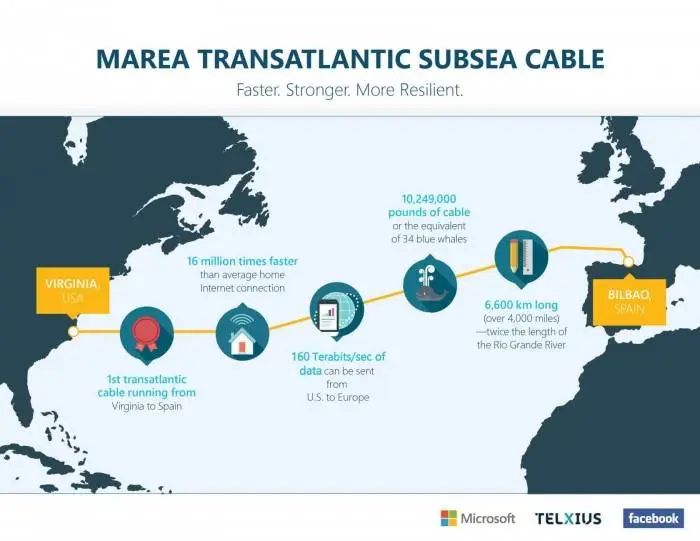
It’s very easy for major Internet companies to start laying cables themselves. As Alan Mauldin, an analyst at market research company TeleGeography said, “If you are one of the largest broadband subscribers, it is perfectly reasonable to reduce intermediate links to obtain broadband capacity at a cost price.”
Everyone is doing cable laying. But those who sink the server into the sea still have to mention Microsoft. How did you sing that song:
When a ship sinks into the ocean, it may meet Microsoft’s servers.
In 2018, Microsoft attempted to sink a capsule-shaped data center about 12 meters long and close to 3 meters in diameter into Scottish waters.
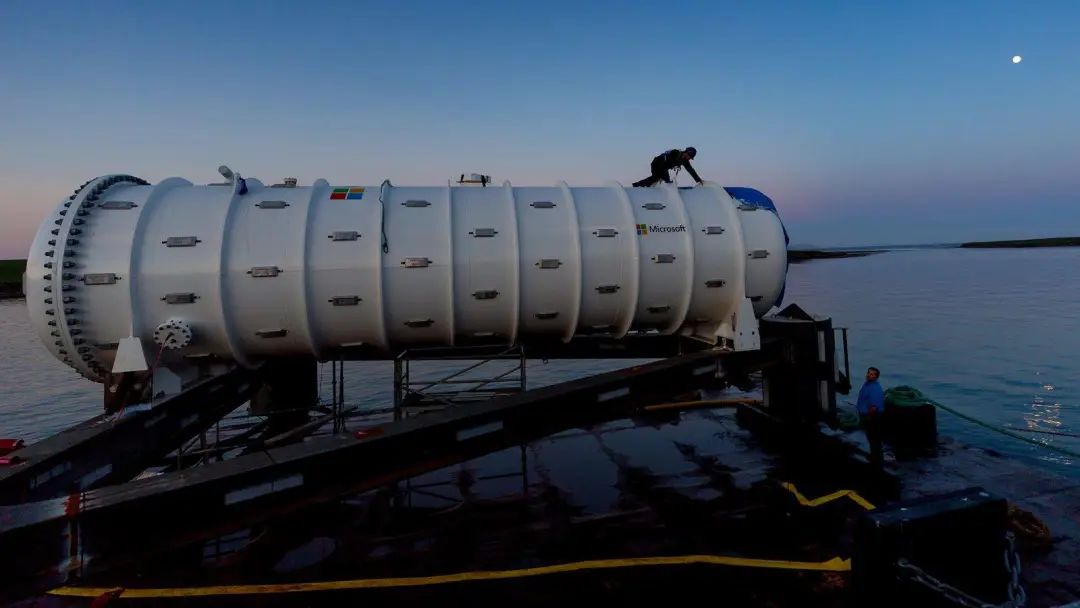
This is not for exploring the ocean, but for saving money. After all, the cost of cooling to prevent server downtime due to overheating is one of the biggest expenses of traditional land-based facilities. Placing the server on the bottom of this “natural refrigerator” can greatly reduce costs.
For users, it ’s good for big companies to dive into the data center.
By establishing underwater data centers near coastal areas, waiting times for more than half of the world’s population will be reduced. As long as users live within 120 miles of the coastline, they have the opportunity to enjoy the “fuyin” of the subsea data center.
However, the amount of work required to place a data center on the ocean floor is not small. The Microsoft data center had to be deployed at a French assembly plant and shipped to Scotland by an 18-wheel truck. A barge equipped with a crane took it to sea, and in the process 10 winches and a remotely operated vehicle were used.
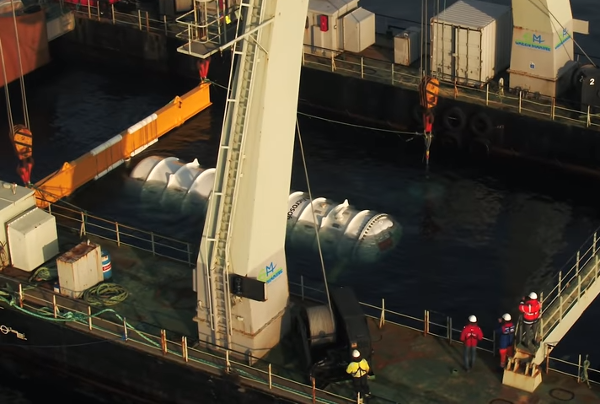
Peter Lee, Microsoft ’s vice president of artificial intelligence research, said that the lessons learned by Microsoft in this process will not only help advance the project itself, but also advance their ground data center development.
When you go to explore the moon, you may never reach the moon. If you can really get to the moon, this is certainly fine, but anyway. You will learn a lot, and there will be unexpected by-products in the process.
Underground “connected” world
Although descriptions of various cloud services and Wi-Fi, mobile data, etc. make us feel like we are living on the “cloud”. But in fact, our network is powered by complex cable systems underwater and underground, supplemented by satellite connections in some areas.
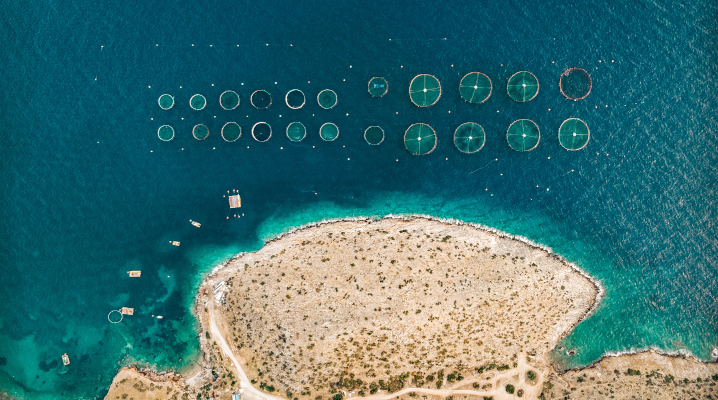
Around 2005, the total number of submarine cables increased rapidly. But in the ensuing period, there were relatively few new cables and the available capacity was slowly running out.
At the same time, the rapid growth of networked devices has reappeared the demand for bandwidth. In response to the growing demand for capabilities, the world’s best Internet companies have begun to take responsibility for funding and managing many submarine cable projects.
Google, Amazon, Microsoft, and Facebook all hold significant stakes in submarine cable networks. Together, these companies own or lease more than half of the subsea bandwidth.
Telegeography research director Mauldin said, “The biggest change over the past decade is that users with the most international bandwidth have become content